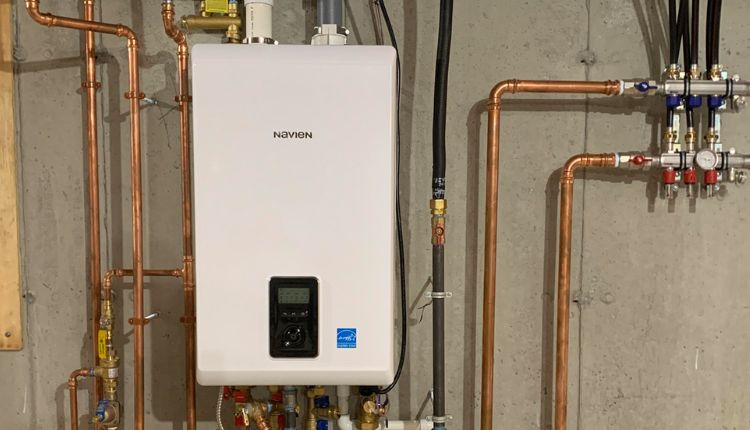Home upgrades need expertise to guarantee safety and long-term reliability. Water heating systems are sensitive because they require gas and plumbing connections. Professional oversight protects property and occupants from risks associated with incorrect installation.
When it comes to a tankless instant water heater expertise becomes even more critical. These compact systems demand exact knowledge of plumbing codes and ventilation standards. In this article, the process of safe installation by licensed plumbers will be discussed, with emphasis on their role in creating secure and lasting solutions.
Ensure Code Compliance During Installation
A licensed plumber follows some strict regulations that safeguard public safety and residential properties. These rules cover the proper size of gas lines and the correct setup of ventilation. If you follow these rules, your home remains safe from hazards such as carbon monoxide leaks.
Plumbing rules can differ from one area to another. A qualified plumber is familiar with all the local regulations. Sticking to these rules helps pass inspections and also gives the system a long lifespan. So, following them will keep the system safe and dependable for quite a while.
Ensure Correct Gas and Electrical Connections
It is important to ensure that the gas and electrical connections in the system are correct. If there is any fault in the connection, it could cause gas leaks or fires. Trained plumbers do careful evaluations before connecting any lines.
They also utilize special instruments to check the voltage and pressure levels. This makes sure that the equipment works safely within the manufacturer’s guidelines. This level of accuracy keeps the system from breaking down and keeps everyone on the property safe from possible hazards.
Water Pressure and Flow Adjustments
Connections are not the end of a safe installation. Licensed plumbers will check the water pressure. This is to make sure the system is working right. Inadequate flow can reduce heating effectiveness, while too much pressure can break pipes.
They employ pressure regulators and flow modifications to make sure that the system meets the needs of the family. This technique makes the device safer and also makes it last longer. Correct calibration also keeps the water temperature steady, which makes things more comfortable and puts less stress on the plumbing network.
Ventilation and Safety Inspections
Ventilation plays a vital role in installations involving fuel combustion. Without proper venting, harmful gases can accumulate within living spaces. Certified plumbers carefully select venting routes that guarantee safe exhaust dispersal.
Licensed professionals do safety checks after installation. These tests make sure that the system doesn’t have any leaks or obstructions. Continuous air flow eliminates backdraft and guarantees consistent performance.
Final Testing and Client Guidance
Once setup is complete, plumbers conduct a thorough round of testing. This involves examining water temperature stability, gas line integrity, and electrical safety. Each step ensures the system operates in accordance with recommended standards.
Plumbers also provide guidance to property owners, explaining safe usage practices and maintenance tips. While the system may seem straightforward, this additional support enhances safety and confidence long after installation. Clear instructions empower residents to handle the system responsibly and recognize early signs that professional assistance may be needed.
The installation of modern heating equipment is far from a simple task. Their skills prevent accidents, extend equipment life, and ensure comfort with efficiency. For anyone considering a tankless instant water heater, involving certified professionals ensures the safest and most reliable setup. Trusting licensed experts for installation brings lasting peace of mind and safeguards the investment made in advanced home heating solutions.






